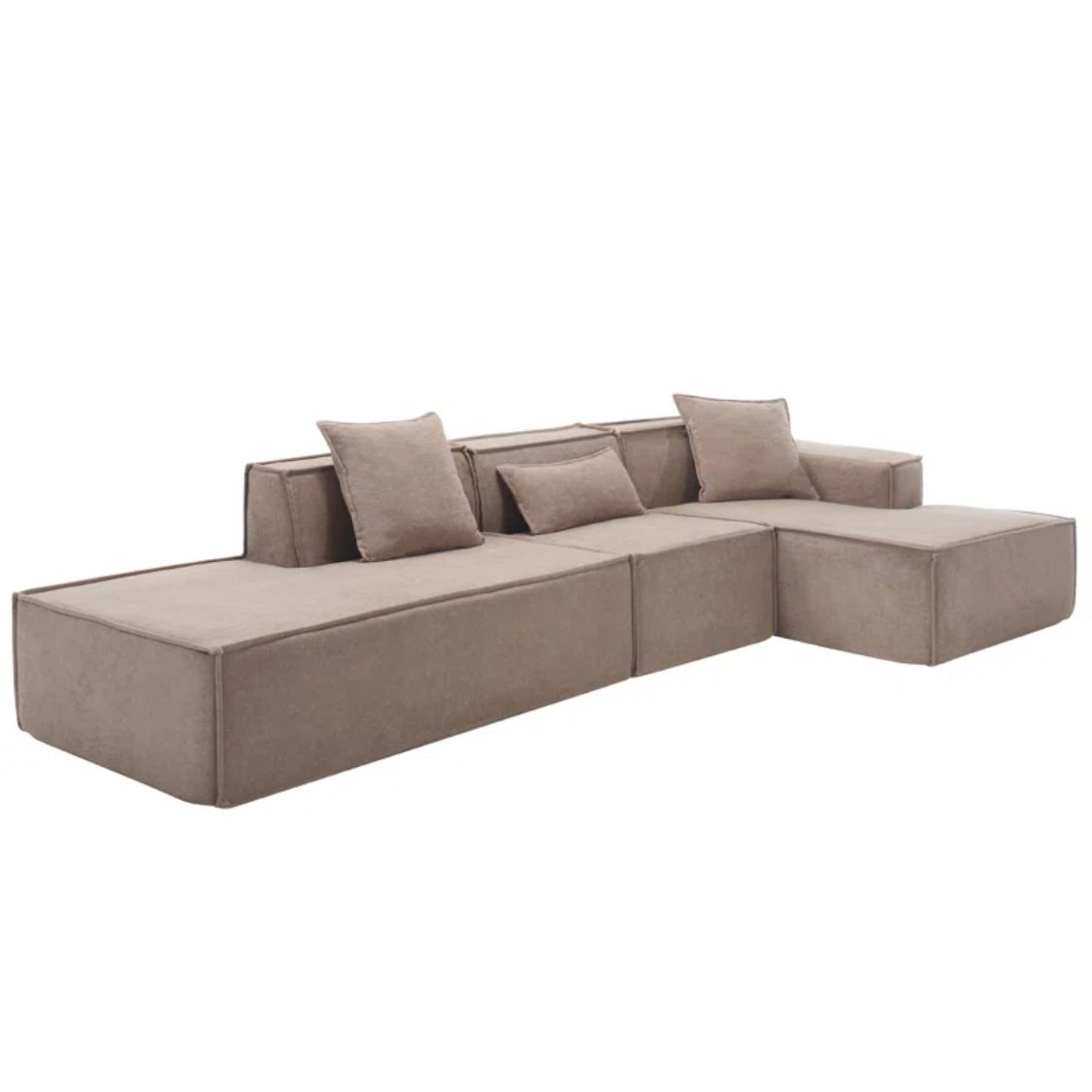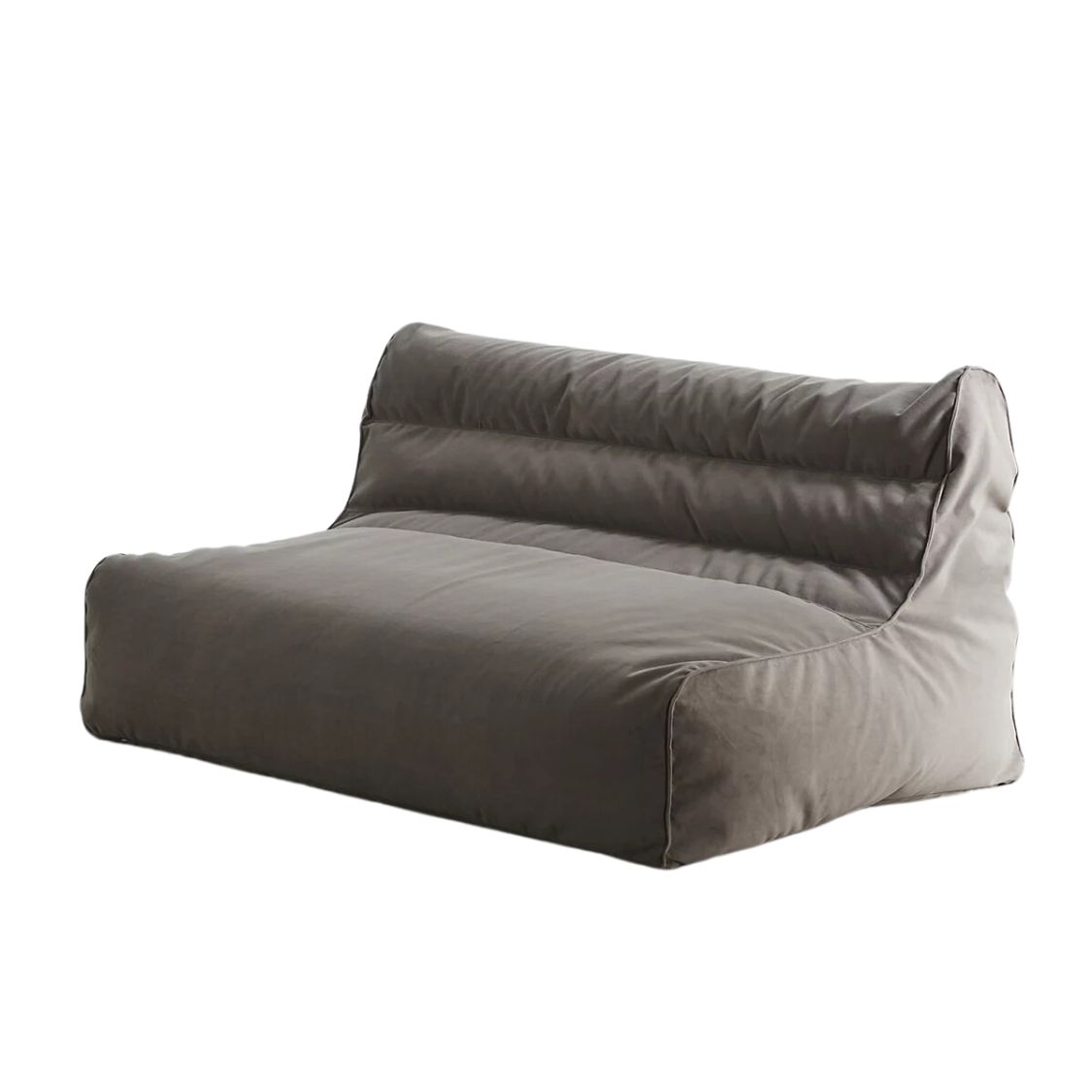The "Conversation Pit" Is the Mid-Century Seating Revival You'll Spot in the Coolest Architect-Designed Homes
Sunken seating areas (and DIY takes on the trend) are fast-becoming a go-to for designers looking to make better social spaces

Hugh Metcalf
For those with their ear to the ground, you’ve surely heard the chatter about conversational seating, but there may be no architectural feature more on the nose than the conversation pit.
Otherwise known as sunken living rooms, conversation pits were a hallmark of mid-century modern interiors in the United States when entertaining at home was at an all-time high. Often located within a living room, they were built below the floor, a few steps down, and lined with built-in seating. Today’s architects and designers embrace the feature for many of the same reasons conversation pits were popular in the first place: as a sofa trend, they bring a cozy dynamic with surprising dimensions.
As an architectural feature, it remains the ultimate conversation piece — but it's not just limited to those undertaking huge builds or remodels. Some of the best sofas around ape the qualities of the sunken seating pit, without any of the excavation.
1. Be wary of size

San Francisco architect Craig Steely dreamed up this perfectly padded pit in order to demarcate space in a voluminous room without obstructing outdoor views. He’s careful to note, however, that sunken rooms aren’t a perfect fit for every interior – they make the most sense when there’s room to spare, both within and around the pit.
"Make sure your conversation pit is big enough," says Steely. "At least 12’x12’." There should be enough leg room to get that lounge effect, or to place a central coffee table which you can still walk around.
2. Double up the seating
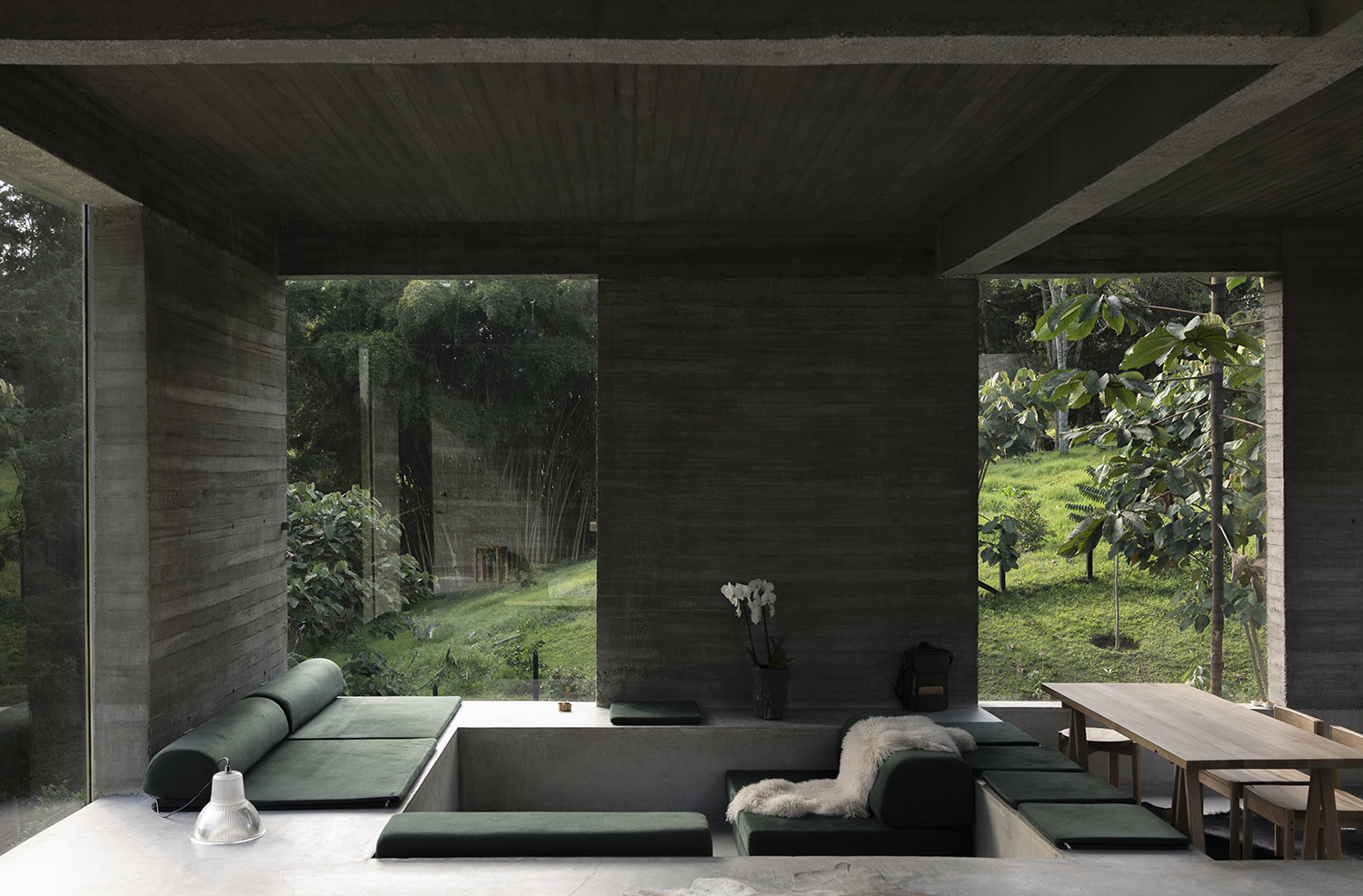
In this edgy design, LCLA office took the conversation pit to the next level; unlike the traditional living room layout, the pit’s border acts as an extra layer of seating thanks to thin cushions atop concrete slabs.
"Using different levels for seating can also make the space contract and expand in section, therefore the flat roof works very well," says architect Luis Callejas, noting how the space – with two layers of seating – feels taller even with a standard room height, a common perk of conversation pits.
The Livingetc newsletters are your inside source for what’s shaping interiors now - and what’s next. Discover trend forecasts, smart style ideas, and curated shopping inspiration that brings design to life. Subscribe today and stay ahead of the curve.
3. Create a flow between open plan spaces
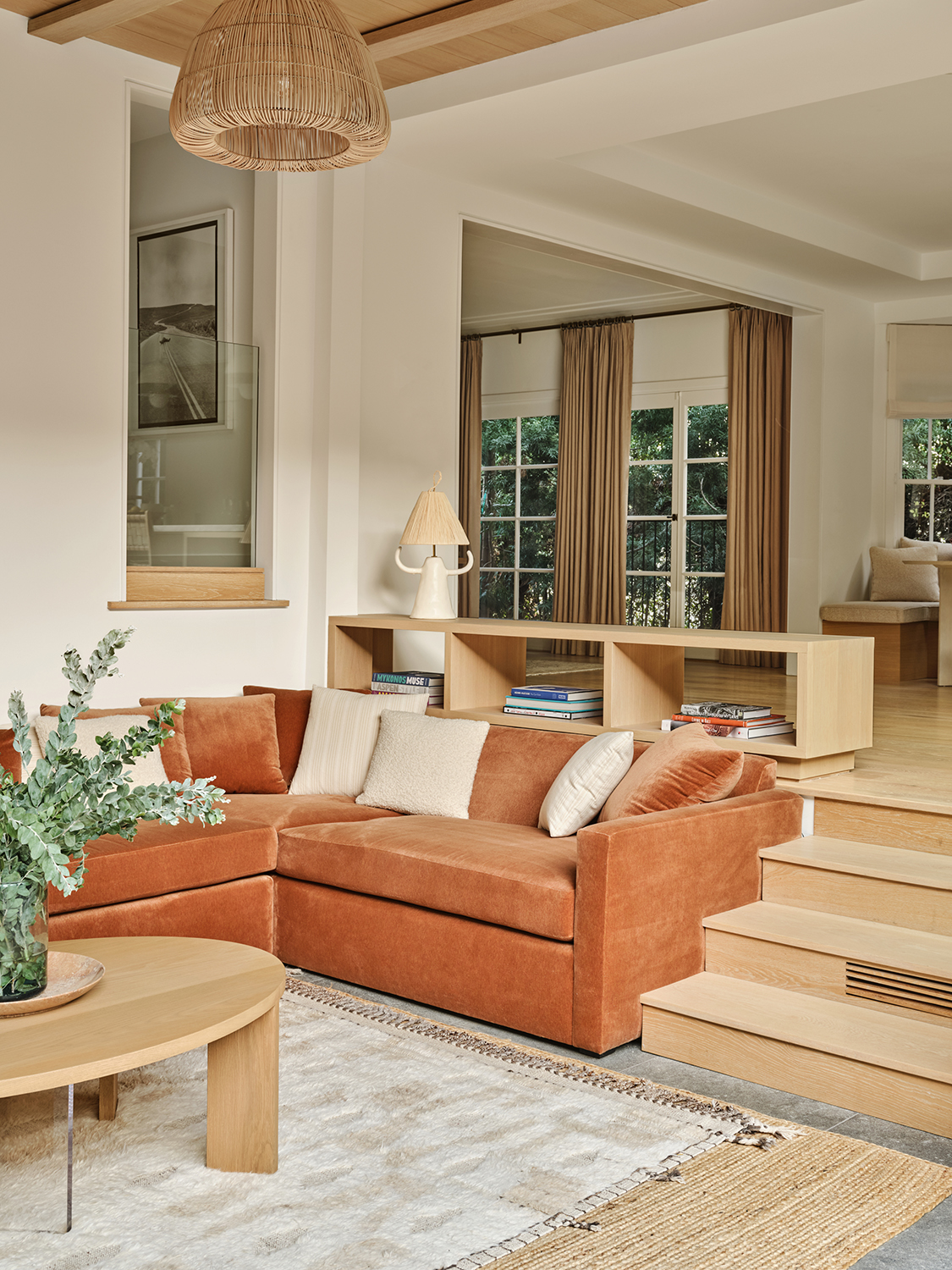
"A sunken space is a great touch that can add a lot of joy to your home so whether you’re considering a cozy sunken nook, or living room, or seating area it’s essential to keep the design light and fluid," says Los Angeles interior designer Jaqui Seerman.
While decor and finishes can do wonders to lift a space – like the warm woods and woven rugs used here – applying this ‘step-down’ concept to transitional spaces that might otherwise be separated with a wall (like from an open concept kitchen to a living room) can help create a seamless, dynamic flow as you pivot from one space to another.
4. Add curves to the sunken area

While the textbook layout for a sunken space is one of right angles, don’t be afraid to think outside the box, creating curves or non-traditional shapes. Overlooking a yard and pool, a sunken seating area includes a rounded corner within the pit, creating a space that truly hugs as you sit on the velvet chesterfield cushions.
Switching up the traditional shape also gave designers more flexibility to play with the pit's proportions – especially in the curved corner, where the cushioned seat is extra deep for even more legroom.
5. Go higher than floor level
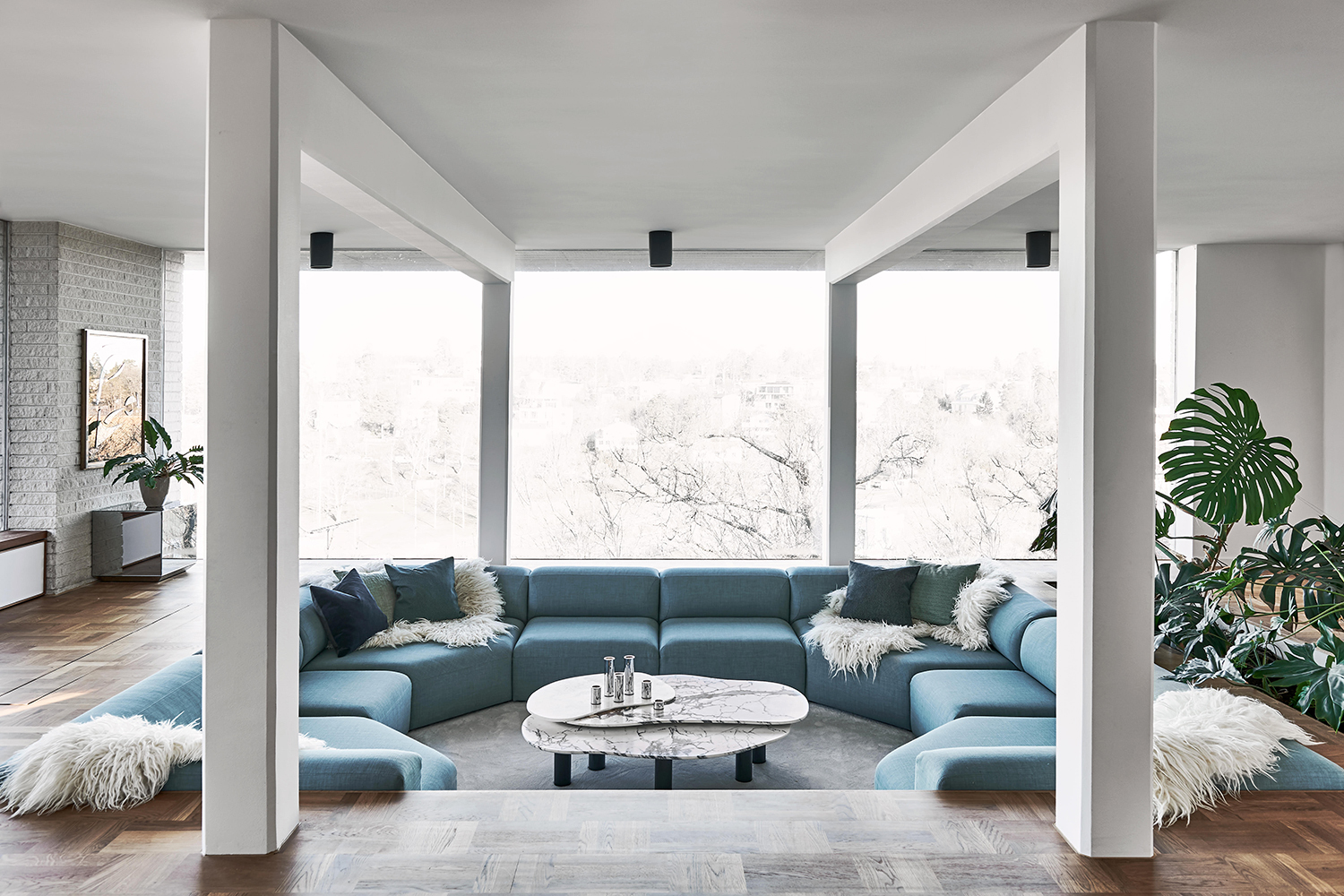
Doubling down on comfort, conversation pits are often outfitted with built-in, deep-seated cushions. But when constructing the space, consider a couch that really pads the perimeter.
"I think that it is nice to have the sofa a bit higher than the floor level, that way you don’t get any sharp edges when you lean back on the couch and it also looks very inviting,£ says interior designer Joanna Lavén, who lined her design with a plump blue sofa that softens the pit’s otherwise harsh angles.
6. Create your pit around a fireplace

To take the idea of your snug to the next level, building it around a fireplace or woodburning stove will make things a whole lot cozier.
For Portland-based designer Alissa Pulcrano of Bright Designlab, the sunken seating pit was already in this home, but rather than get rid of it, the homeowners embraced it — after all, "to have a central area to gather around the fire at the chilly coast is a priceless feature," Alissa says. "We redesigned the flow of the feature, and designed the custom upholstery," she adds.
6. Arrange for low sightlines
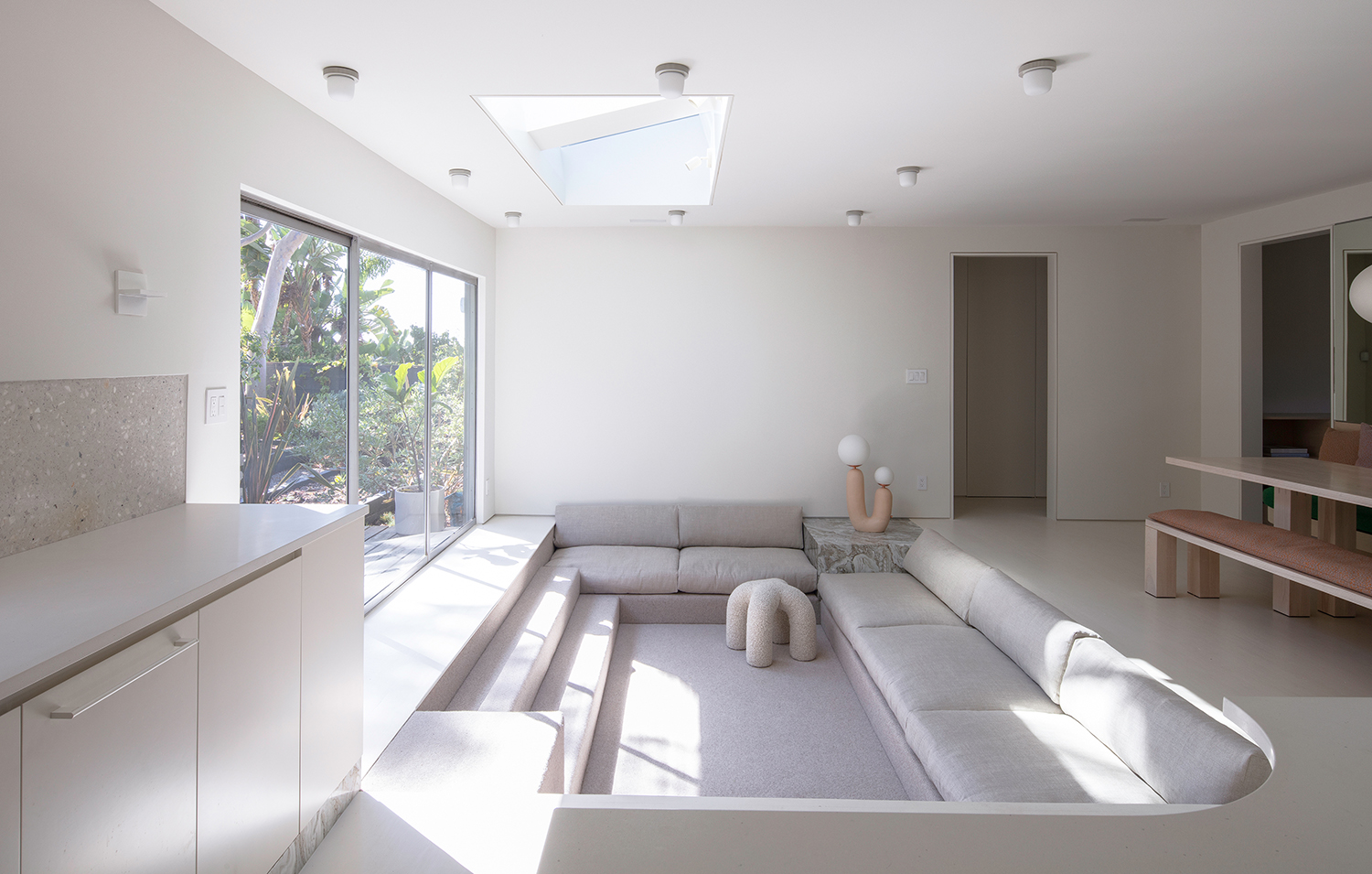
Design by Part Office
When you sit in a sunken space, you see a room from a different floor-level vantage – think through every detail in this direct line of vision. "We made sure there were a lot of special details at eye level, like the stone toe kick in the modern kitchen, so when you're sitting in the pit, adjacent to the kitchen, you aren't staring at dusty baseboards," says designer Kristin Korven of this monotone scheme.
Architectural details to keep in mind (or out of sight) include wall outlets, vents, and other utilities, while things worth highlighting are items like table legs, mouldings, and objet d'art on the bottom shelves of bookcases.
7. Create a pit sense on one level
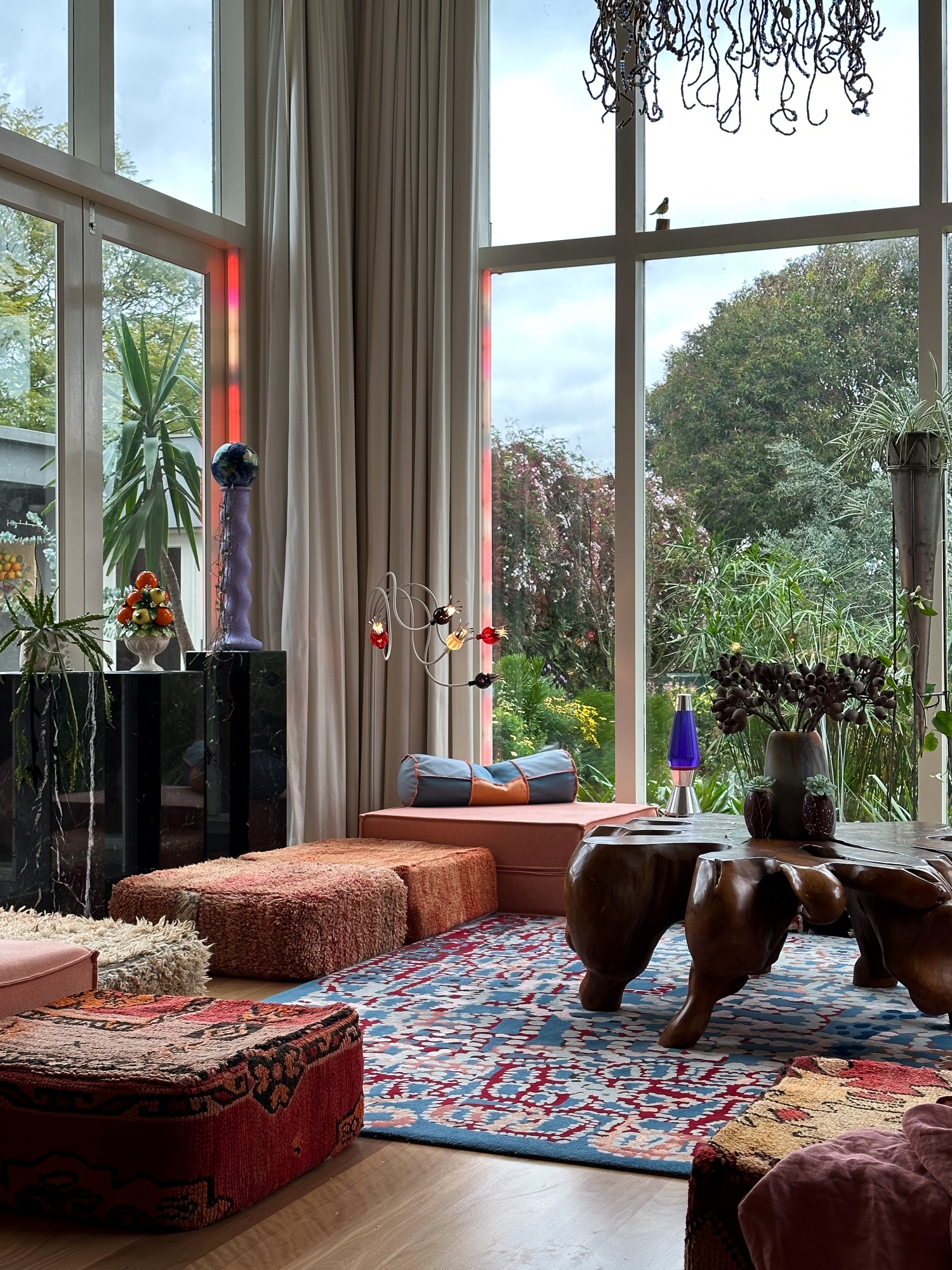
For a classic conversation pit, you'd either need to remodel one into your home, or inherit one, but the idea of this seating set-up isn't completely out of reach for the everyday home, and I've come across an amazing way to recreate this living room trend that anyone can do. Josh and Matt (@joshandmattdesign) created the essence of the sunken living room that requires no excavation or structural work.
"We were inspired by the eclectic look of some of the Roche Bobois Mahjong sets we'd seen and decided to create our own version," Josh and Matt tell us. "We actually designed this room in one night and purchased all the floor cushions and rug on the same night too, so it was a very quick and spontaneous decision but that's how we like to work. Don't overthink it and go with our gut!"
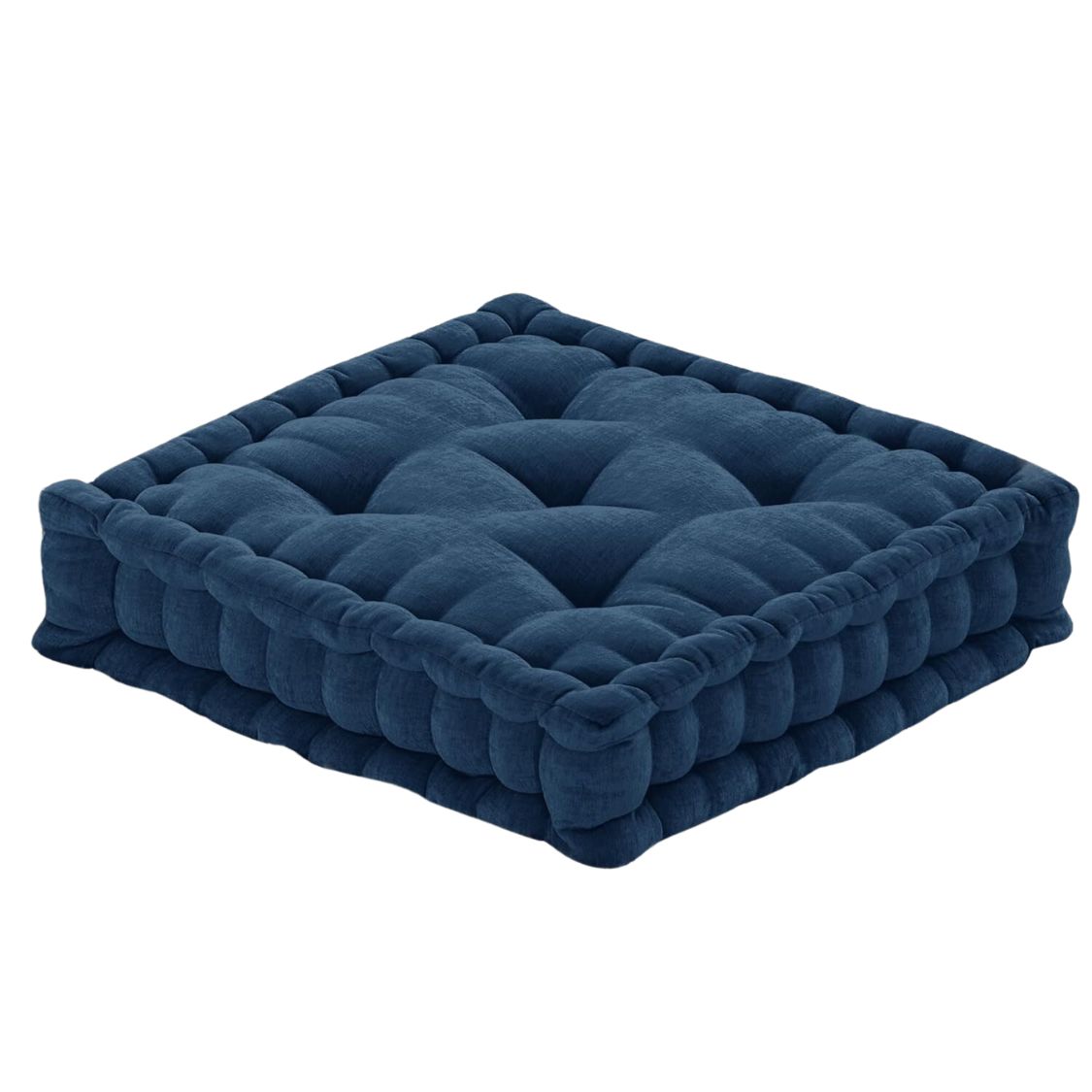
Price: $29.99
These well-rated floor cushions come in a range of different colors.
FAQs
How can you create a sunken conversation pit in your home?
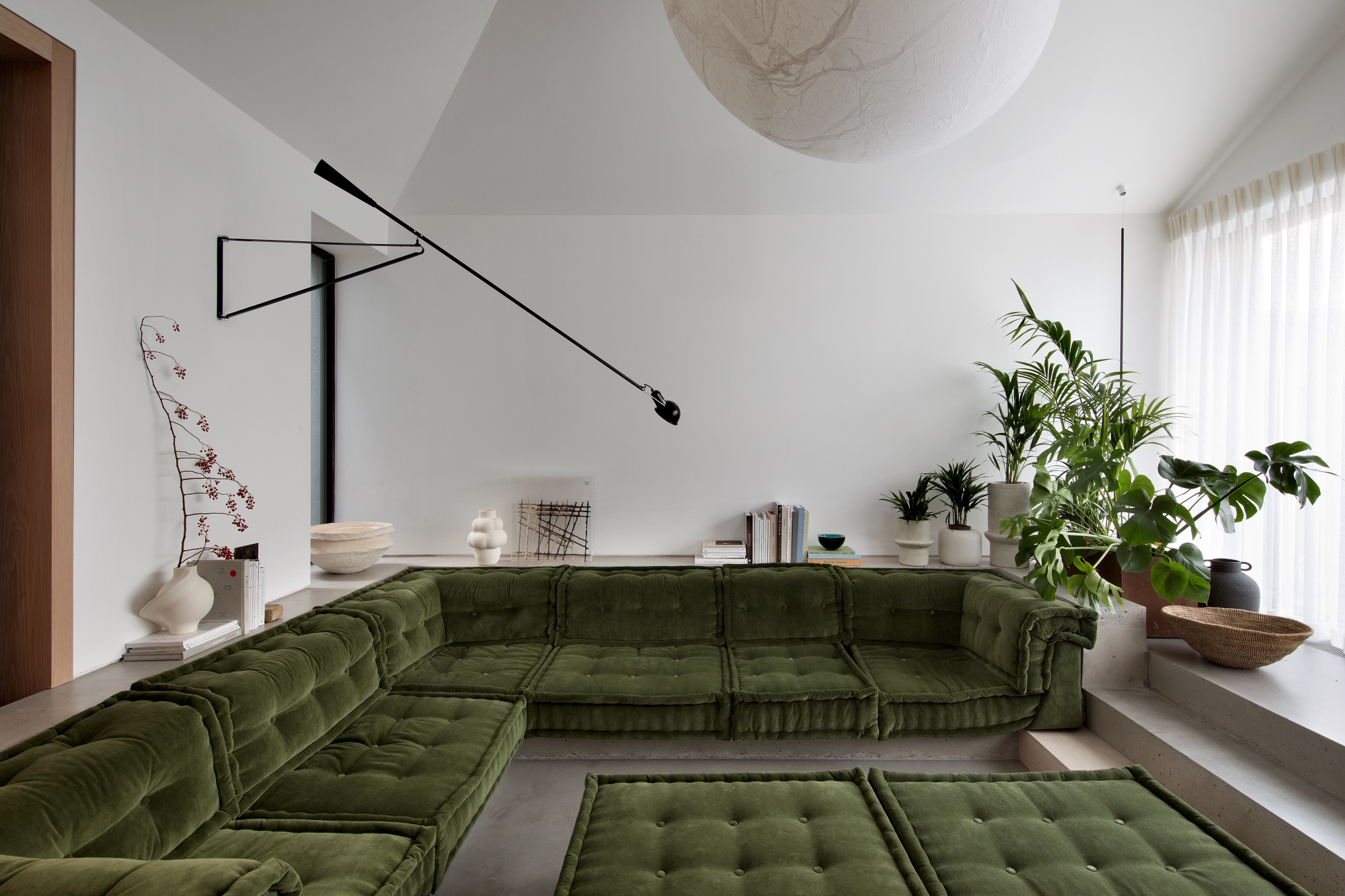
The process of creating a traditional sunken living room has its difficulties. There are a lot of requirements and considerations to be made in order to successfully pull off the construction.
"A sunken seating area or conversation pit forms a key element of the interior architecture of the space and involves coordination with the architecture and engineering team from the early stages of the project," explains the CEO of Kingston Lafferty Design, Becky Russell. "The levels are really important, you want to consider your eyeline from the seated area and also how it will appear from other areas it is linked to. Access and steps are also key for ease of use and how it impacts the circulation of the space," she says.
Another consideration is the seating area itself. So much planning goes into the construction of the sunken aspect that it's easy to neglect the part that makes it a living room. The feature creates an intimate space to relax and talk, comfort is key to supporting this. "Sofa sizing is important if using an existing model or planning the detail of a custom upholstered piece," says Becky. A custom adds another layer of magic to the room, but of course also another layer to the cost.
A sunken living room needs specialist engineering and artistry to be achieved, but luckily there are alternative options that give the same level of comfort and solace without a permanent commitment.
What are the benefits of a conversation pit?
"There are so many benefits to a sunken living room; from denoting space with an elevation change, to the feeling of increased spatial volume, to a more intimate sense of lounging… none of which can be achieved from furnishings alone," says Kristin Korven, co-founder of Los Angeles’ Part Office.
Eliminating furniture, in fact, is one of the conversation pit’s primary perks, creating a space free of table legs and clutter, particularly in rooms with outdoor views easily blocked by a clunky couch. But at the end of the day, the sunken living room trend creates a place to sink in and relax.
"I think it has to do with the more general trend of cocooning, the conversation pit is the ultimate place to hang out with your family," says interior designer Joanna Lavén, co-founder of Stockholm’s Studio Lawahl. "It is cozy, comfortable and good looking."
Keith Flanagan is a New York based journalist specialising in design, food and travel. He has been an editor at Time Out New York, and has written for such publications as Architectural Digest, Conde Nast Traveller, Food 52 and USA Today. He regularly contributes to Livingetc, reporting on design trends and offering insight from the biggest names in the US. His intelligent approach to interiors also sees him as an expert in explaining the different disciplines in design.
- Hugh MetcalfEditor
